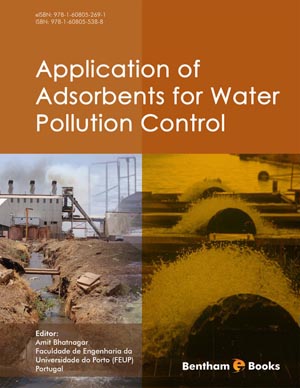Abstract
The aim of this chapter was to show how the concentration of some organic compounds may be reduced by means of natural zeolites as sorbents. Among many chemicals found in natural water systems, here we focused on humic acids, phenylureas and triazines herbicides. Zeolites such as phillipsite and chabazite were found to exhibit a marked ability to sorb humic acids, in particular, when their surface is enriched in calcium ions; the latter act as a bridge between the negative surface of the mineral and the humic macromolecules. Sorption of humic acids is also influenced by reaction time, pH and ionic strength of the solution. Organo-zeolites aggregates (humic acids – phillipsite/chabazite aggregates) were found to be efficient sorbents for phenylureas herbicides by a partition process; the uptake increases with the hydrophobicity of the chemical. Atrazine is efficiently removed from water using acid-modified zeolites. The presence of H+ on the aluminosilicate surface favours the protonation of the azo and amino nitrogen atoms of atrazine and consequently its electrostatic bonding to the negative charged surface of the mineral phase. Experiments carried out on aqueous samples simulating natural water systems revealed that different organic compounds can be simultaneously sequestered combining different types of zeolites. Basing on the above results, natural zeolites may be considered effective sorbents for organic compounds occurring in natural water.
Keywords: Sorption, adsorption, water treatment, water purification, humic acids, phenylureas, atrazine, tuff, zeolites, natural zeolites, phillipsite, chabazite, clinoptilolite, sorption kinetics, adsorption kinetics, organo-zeolite aggregates.












